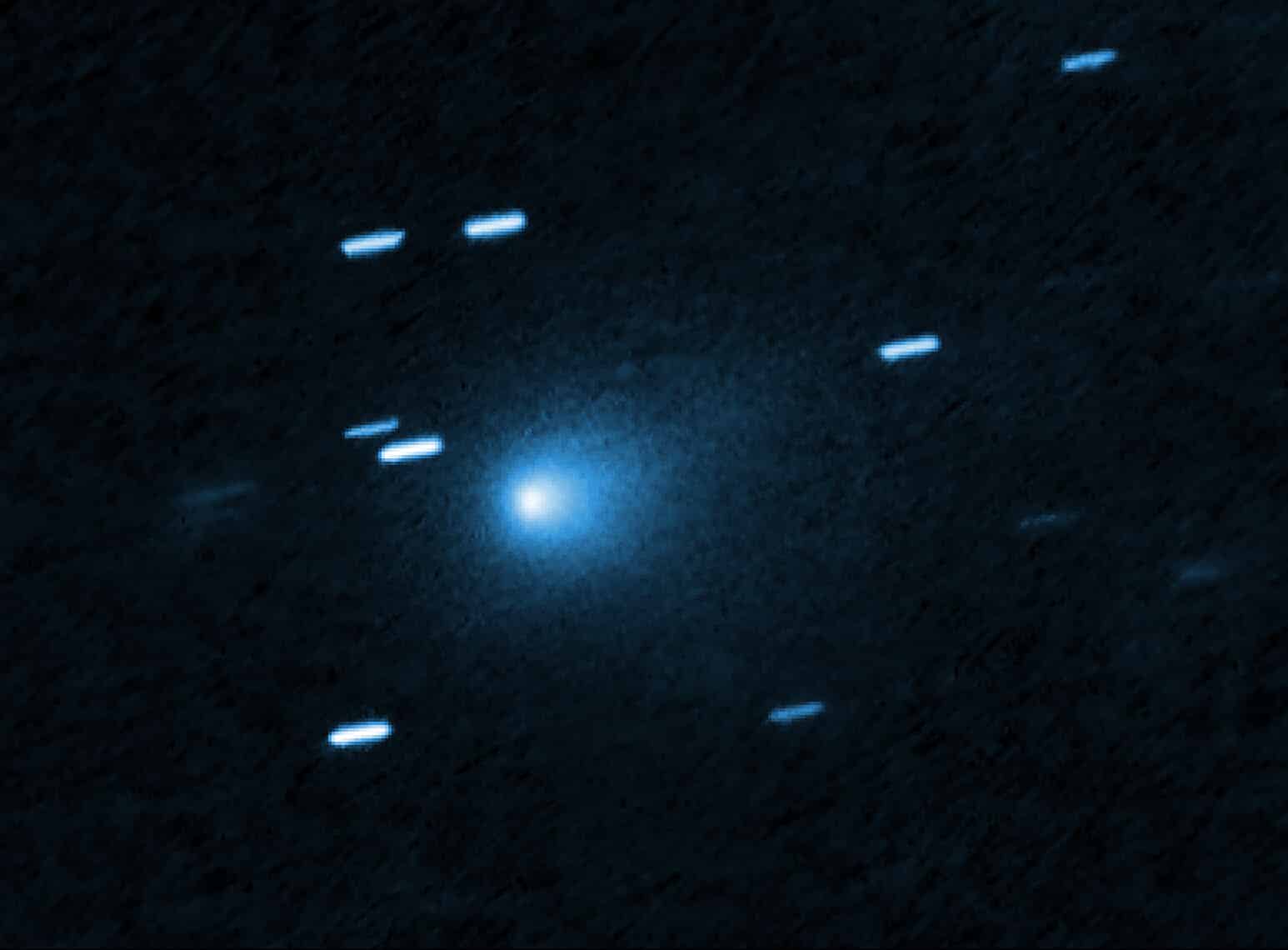Paleontologist George Gaylord Simpson (1902–1984) noted in 1964 that astrobiology — the search for extraterrestrial life — was a discipline without a subject. That’s still true. But maybe it is best seen as a secular quest of our civilization for meaning in the universe rather than a discipline. Any number can play, any creative hypothesis can be entertained, and it really tells us more about ourselves than about anything else.
Just for example, mid-last month, Harvard astronomer Avi Loeb and colleagues asked at arXiv, “Is the Interstellar Object 3I/ATLAS Alien Technology?” The object in question is pictured at the top. As explained at Science Daily,
Typically, when astronomers encounter a new object in space, they assume it is composed of rock, ice, or a combination of the two. However, 3I/ATLAS exhibits such strange characteristics that some scientists have begun to wonder whether it might be something more unusual.
Harvard astrophysicist Avi Loeb and his team recently posted a paper titled “Is the Interstellar Object 3I/ATLAS Alien Technology?” on the arXiv preprint server. (The paper has not yet been peer reviewed.)
The Conversation. “Harvard astrophysicist suggests mysterious interstellar object may be an alien probe,” Science Daily. 15 October 2025
Wait. Haven’t we been through this already with Loeb and Oumuamua in 2017? Back then he was convinced that that passing interstellar rock was alien tech — an extraterrestrial light sail. At Science Daily, that’s admitted. But then we are told, in connection with 3I/ATLAS, (an interstellar comet):
The idea of alien probes wandering the cosmos may sound strange, but humans sent out a few ourselves in the 1970s. Both Voyager 1 and 2 have officially left our Solar System, and Pioneer 10 and 11 are not far behind.
So it’s not a stretch to think that alien civilizations — if they exist — would have launched their own galactic explorers.
“An alien probe”
See what’s happened here? There was still no reason to think that 3I/ATLAS is any kind of technology. But suddenly smuggling our own space tech into the conversation is a way of giving the idea an unearned air of plausibility.
Building a Drama
Last summer, Loeb wrote an article at Medium titled “What Should Humanity Do on the Day After an Interstellar Object is Recognized as Technological?”:
Let us imagine for a moment that the new interstellar object, 3I/ATLAS is a spacecraft, guided to send mini-probes that will arrive at Earth and other planets in the coming months. Given the limited information about this object, how should we respond?
Currently, there is no international organization tasked with coordinating a response across the globe. We only discuss existential threats from artificial intelligence (AI), climate change or impact by near-Earth asteroids or comets. How should we tackle the threat to Earth from alien technology?
Here are some guiding principles that would be worth attending to …
August 15, 2025
That is another good rhetorical technique: Build a drama around 3I/ATLAS of the sort familiar to science fiction fans and invite the reader to imagine it as alien tech — and to imagine ourselves, of course, as the stars of the drama!
This one turns out to be just another comet? Well, maybe the next rock passing through will be the Real Thing…
What Are the Chances of Proving a Negative?
Columbia astronomer David Kipping offers a note of caution in a video at Big Think,
There’s been claims of life on Venus. There’s been claims of life on interstellar asteroids, and, of course, there’s many UFOs that we often hear about. So there is a natural temptation to look at anything that seems anomalous, that seems a little bit different, and immediately reach for aliens because, of course, deep down I think a lot of us really want that to be the answer, that we are not alone. This drives us, it inspires us, but it’s always a risk that we could go too far into that temptation and see aliens where there’s none really there. And we have fallen prey to that trap many times in the past.
“Are we blinded by our desire to find extraterrestrial life?” October 23, 2025
As he points out, the drama around the search for ET is fueled by another important factor: The impossibility of proving a negative:
It’s impossible to prove we are alone. We will always wonder about that. We can get a series of no results or negative results, but it’s never gonna establish true loneliness. The fact that space is simply so large means that this is a challenge that maybe we should be patient. I mean, I hope we can get an answer in my lifetime.
“Find extraterrestrial life?“
Of course, our inability to prove a negative provides no evidence for a positive. Also, we are entitled to use the historical record to estimate a likelihood. For example, if after centuries of looking, we find nothing, our null results — while never proving a negative — would definitely be evidence on which decisions can be based.
On the Whole…
I don’t think this stuff does any harm — as long as it is understood as drama and not given undue importance in science or philosophy. For example, a troubling element is introduced if the imagined aliens are supposed to be evidence of our own insignificance, as Carl Sagan (1934–1996) argued in Pale Blue Dot (1994).
If the aliens do turn out to exist, they do not detract from our significance in any way. We have our story; they have theirs. We gain our significance from a Source that makes the question of whether we are the only intelligent beings in the universe irrelevant.
Meanwhile, we will probably hear much more about passing interstellar objects in the years to come.
Cross-posted at Mind Matters News.








































